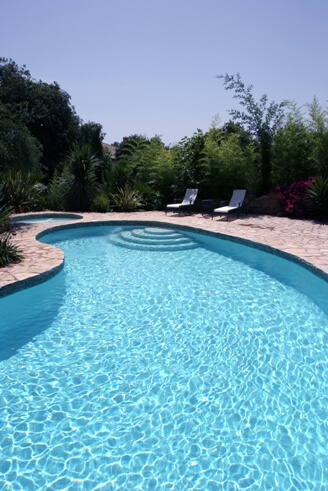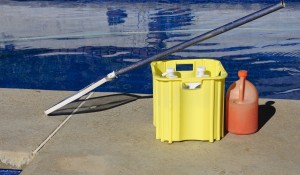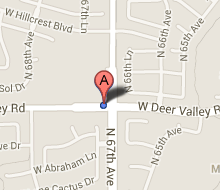What is Pool Shocking?
Everyone enjoys a dip in the sparkling swimming pool, especially in the hot summer or after hours of yard work. But what if your pool isn’t so sparkling, has a pungent smell or is quickly fading your new swim suit? Taking care of your pool, measuring and adding the appropriate chemicals and maintaining pH levels are essential in pool care. So is the process known as “shocking.” No idea what we’re talking about? Read on to see how your pool benefits and when you need to shock.
 Shocking Up
Shocking Up
Shocking a pool is also called over-chlorination. It simply means that you are raising the chlorine in the pool to 10 times the amount of chloramines, or about 10 ppm in your testing kit. With such a high level of chlorine, the high number of chlorine oxidizes all organic matter. This level is referred to as break point chlorination. It’s like a chemical flash that ripples through the water, chemically burning everything in the path. Any form of chlorine will do the trick – whatever you typically use to chlorinate the pool.You can also opt for a non-chlorinated shock using potassium monopersulphate.
Shocking Schedule
 Shocking your pool should be part of your regular pool maintenance. Following your testing kit to guide you and be observant. Sometimes it’s good to shock when combined chlorine levels are at .3 ppm. But if you had a big pool party with kids, that may also be a good time to shock and kill any leftover organic material. A hazy pool, burning eyes, algae on the walls, or a strong chlorine smell are all good indications that shocking is necessary. It’s probably a good idea to get in the habit of shocking every few weeks whether you need it or not, especially in the height of pool season.
Shocking your pool should be part of your regular pool maintenance. Following your testing kit to guide you and be observant. Sometimes it’s good to shock when combined chlorine levels are at .3 ppm. But if you had a big pool party with kids, that may also be a good time to shock and kill any leftover organic material. A hazy pool, burning eyes, algae on the walls, or a strong chlorine smell are all good indications that shocking is necessary. It’s probably a good idea to get in the habit of shocking every few weeks whether you need it or not, especially in the height of pool season.
Since the pool pump and filter will need to process the extra chlorine and the pool will need to come back down to safe levels, you will typically shock with chlorine in the evening, then test the levels the following morning. Usually they will be back down to normal. With the non-chlorinated shock, you can actually use the pool 15 minutes after shocking it.
Shocking Side Effects
Always be sure to test the pool water after shocking it and before jumping back in. You need to make sure the water is safe. If you forgot to test or the test was thrown off, there are some telltale signs that the pool is too chlorinated. If skin burns after shocking the pool, get out and wash off immediately with distilled or tap water. There may also be a delayed onset reaction to breathing the gases produced by chlorine. Make sure you clean up and put away all chlorine and chemicals used to treat the pool, as direct contact with these chemicals can also cause burns.
Ship Shape with Shock
So now that you know what pool shocking is and what it can be used for, could your pool use the inspection and services of a professional? Call Pink Dolphin Pool Care today to set up an appointment or simply ask us a question. We can turn a green pool blue again, fix a broken pool pump, clean a filter or just take care of everything on a weekly basis. As your local pool service experts, we’re happy to help!







